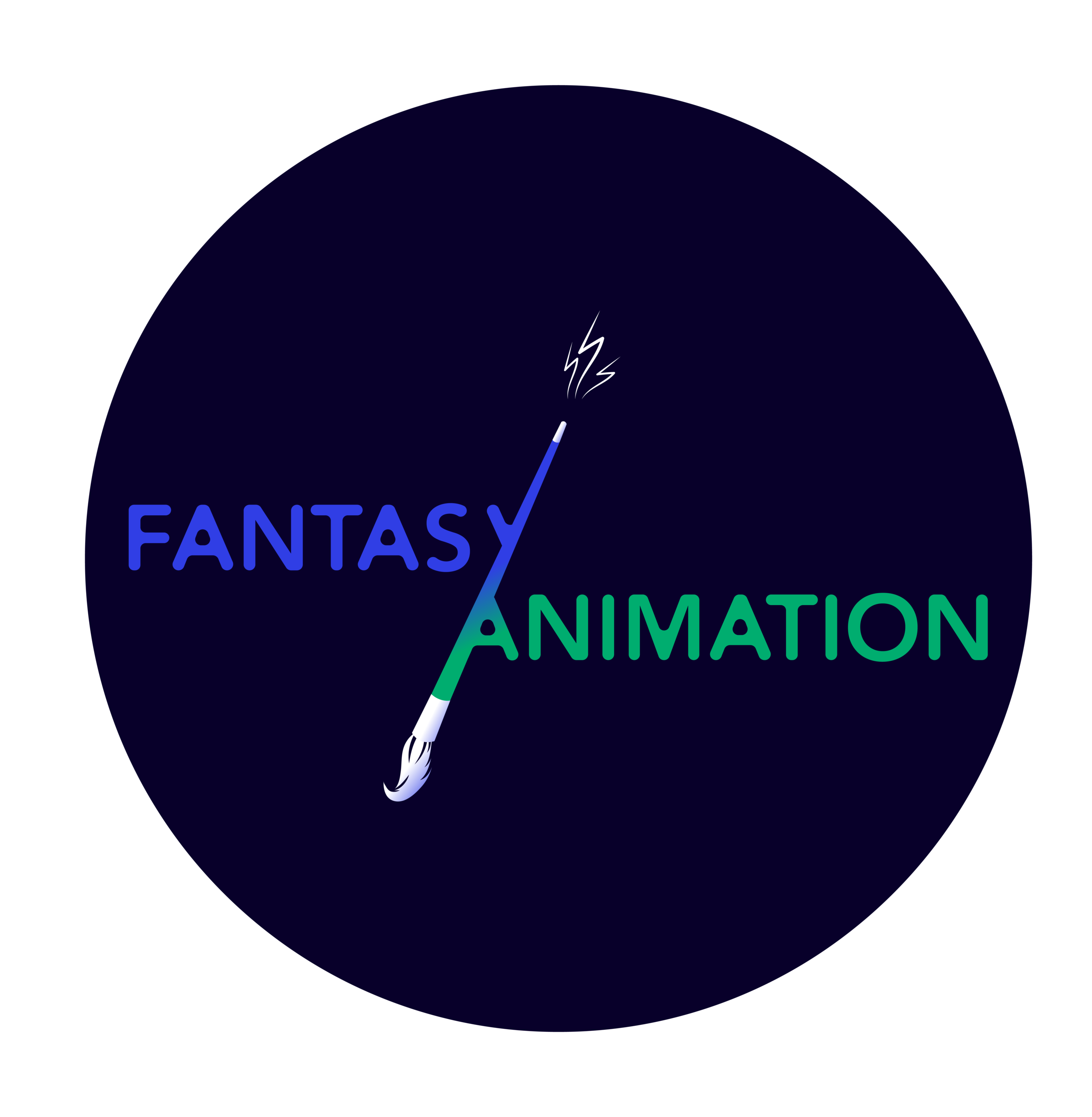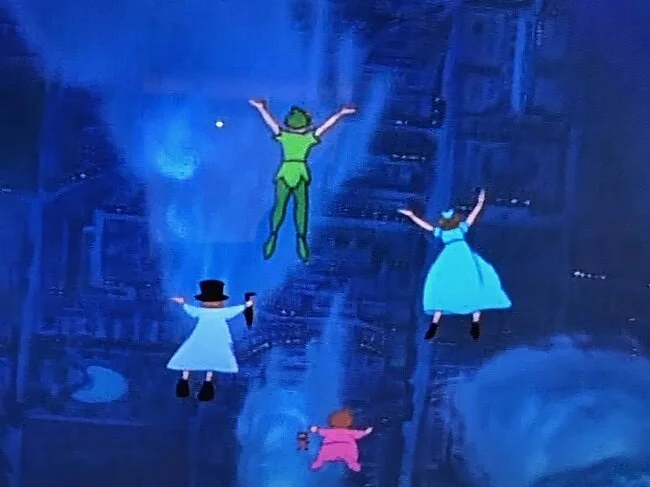The films of postwar Hollywood often featured wanderers, characters who were “trying to leave behind the tensions of a modern world for the clarity of another place; a place outside history” (Polan 1986, 264). While this character type and narrative structure primarily materialised as a foray from urban spaces out to the country or a transatlantic trip to a different continent, occasionally the stresses of the world merited a journey completely outside reality, depositing characters into fantasy realms.
Read MoreIf the narrative of Soul sounds complex, that’s because it is. In a similar vein to Pixar’s Inside Out (Pete Docter, 2015), which explores the abstract concepts of emotions (and, specifically, emotional development) through animation, Soul explores existentialism and the many manifestations of what having a soul can really mean, as well as how these connect to the idea of our lives having a specific “purpose” that we were born to fulfil.
Read MoreWhen Tim Burton’s Nightmare Before Christmas (Henry Selick, 1993) first hit cinemas in 1993, its status as a Disney film was not immediately clear. The film was released via Disney’s Touchstone label and the Company was initially concerned about the “dark tone and potential negative reception of the film’ (Burger 2017, 110).
Read MoreThe idea of the film star is bound up in the idea of ‘pure entertainment’ in two ways: a sense of an ideal world in which dilemmas and conflicts are harmoniously resolved, and in terms of the ways in which film stars offer audiences an idealised and intensified set of behaviours. With that in mind, one of the ways the 1995 fantasy film Jumanji (Joe Johnston, 1995) holds our interest is how it is the ‘authored’ work of a film star: in this case, Robin Williams.
Read MoreAllowing for the unanticipated to occur and offering “a particular field for rethinking the relation of the virtual as not opposed to the real, but as wholly real in itself” (Thain 2016, 5), the medium of animation is able to go beyond reality, and (in so doing) allows new artistic expressions at the intersection of body and movement, the renegotiation of the human being and its relationship to machines, and experimentation with the cultural meaning of science and technology.
Read MoreDuring October 24th-26th 2020, the Kotatsu Animation Festival held its 10th anniversary festival. Sponsored by Japan Foundation London and hailed as Wales’ premiere event for Japanese animation, this year’s event was held online due to the Coronavirus pandemic, with showings of the festival films live on the Kotatsu Japanese Animation Festival YouTube channel and several Zoom Q+A’s and workshops were held.
Read MorePixar’s Toy Story (1995-2019) series explores a landscape full of plastic. Most of the main characters are plastic. Sheriff Woody isn’t made out of wood at all; his head, hands, and boots are all plastic. Mr. and Mrs. Potato Head, and their many anatomical add-ons, are plastic. T-Rex is plastic. The little soldiers are plastic, as are their parachutes. Mr. Spell’s outer shell is plastic. And Buzz Lightyear, when he first arrives in Toy Story (John Lasseter, 1995), is the shiniest, newest, most gorgeous piece of plastic anyone has ever seen.
Read MoreCartoon Saloon has carved out a niche in the indie animation scene. With the exception of The Breadwinner (Nora Twomey, 2017), which was adapted from the Deborah Ellis book of the same name, all of the Irish animation studio’s films have drawn their influence from Celtic myths and legends. Various fantastical creatures, from faeries to selkies, are woven into the fabric of the stories they tell.
Read MoreI was always described as a child with her head in the clouds. Mine was a military family that moved from place to place every few years, traveling across the country. I was too young to stay connected to old friends each time we moved, so being continuously friendless wasn't unusual. One of my earliest memories was learning to adapt and make space for myself. I learned quickly that the most consistent friend I would ever have was myself.
Read MoreQuantum LOGOS (vision serpent) is an immersive reactive film that uses Mesoamerican culture as inspiration for design ideas that explore the basics of quantum mechanics. This project uses abstract animated imagery to metaphorically represent the quantum world. I use this approach because of the parallels that are evident between Mesoamerican art and philosophy and the quantum mechanics vision of the nature of reality.
Read MoreThere is considerable scrutiny of the politics of representation in Disney’s animated screen musicals. With appalling depictions of faceless African American workers in “Song of the Roustabouts” in Dumbo (Ben Sharpsteen, 1941), controversy about the representation of indigenous Americans in Pocahontas (Mike Gabriel & Eric Goldberg, 1995), and lightening the skin of Princess Tiana in Ralph Breaks the Internet (Rich Moore & Phil Johnston, 2018), there have been ongoing questions about limited, fetishized, and often racist characterisations of people of colour in the studio’s films.
Read MoreKipo and the Age of Wonderbeasts (Radford Sechrist, 2020-) is a colourful, post-apocalyptic animated adventure series based on the webcomic Kipo, which debuted on Netflix in early 2020 to much critical acclaim (Fig. 1). The story follows the titular Kipo, a 13-year-old “burrow girl” who finds herself thrust from the safety of her underground home to a surface world filled with talking, anthropomorphized animals, or “mutes,” as well as titanic, kaiju-sized “mega mutes.”
Read MoreAt Annecy 2020, Women in Animation held a digital summit on the theme ‘Reimagining the Future: Race, Solidarity and the Culture of Work’. At the panel ‘Black Women in Animation: Looking to the Future’, moderator Jamal Joseph from Columbia University asked, ‘What needs to happen now? How do we get more women in animation and how do we get more women of colour in animation and film?’
Read MoreLaurent Boileau’s 2014 French animated short Lady of the Night tells the story of Samuel, who retires to his bedroom following the annual commemoration dinner for his deceased lover Cornelius. Samuel is tortured by the closeted nature of their irretrievable relationship, and seeks refuge from his crushing personal regret – as well as wider oppressive social forces – by dressing up in drag and performing a ballad that voices his ‘yearning for the dream of freedom’.
Read MoreWhat’s in a flerken? Having watched Goose regurgitate the tesseract at the post-credit close of Captain Marvel (Anna Boden & Ryan Fleck, 2019), I immediately wanted to know: what’s in a flerken? Finding my answer meant looking to the comics, in particular the reboots of Captain Marvel in print by both Kelly Sue DeConnick and Margaret Stohl. I have to admit to not learning much more about flerkens, alien creatures which appear to resemble ginger cats, but DeConnick and Stohl’s revisionings did give me a lot more insight into Carol Danvers/Captain Marvel as a contemporary woman who struggles with her history.
Read MoreAlthough Nicole Brending’s feature animated film originally toured festivals as early as January 2019, Dollhouse’s general release coming in the wake of the #FreeBritney campaign feels somewhat auspicious. The film rides a satirical wave over US celebrity-centric media, focusing on the abuse and exploitation of a child singer, told through the medium of plastic dolls and puppets.
Read MoreThe most recent Pixar film, Onward (Dan Scanlon, 2020), tells the story of two brothers, Ian and Barley, who set out on a magical quest in a bid to spend one final day with their late father. On Ian’s sixteenth birthday he is presented with a gift left to him by his father, whom he has never met, with the instructions that he and his older brother could only open it when they were both at least sixteen. Onward is therefore a story strongly embedded in loss. Ian is a teenager, unsure of himself and anxious about transitioning into adulthood.
Read MoreIt seems fair to suggest that, right now, there is just a bit of cultural interest in the figure of the superhero. Thanks to the efforts of DC and the MCU in particular, the superhero film has arisen out of its somewhat middling status amongst Hollywood production schedules throughout the 1970s, 1980s and 1990s to reach a status comparable only to that once enjoyed by the classical western or musical.
Read MoreIn a world of globalised animation, anime’s influence is ever expanding, ranging from adult Netflix animations like Castlevania (Warren Ellis, 2017-) to a wide variety of western children’s TV shows from Teen Titans (Glen Murakami and Sam Register, 2003-2006) to She-Ra and the Princesses of Power (Noelle Stevenson, 2018-2020).
Read MoreMakoto Shinkai’s animated film Kimi No Na Wa, translated as Your Name, was a critical and commercial hit when it was released in 2016. The film depicts the strange and wondrous journey of two high school teenagers, city boy Taki in Tokyo and countryside girl Mitsuha in rural lakeside Itomori, who are inexplicably swapping bodies with each other.
Read More



















